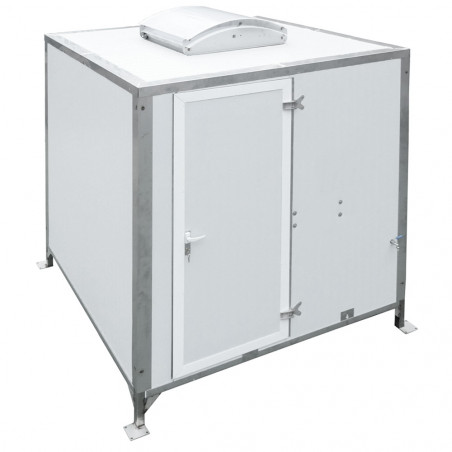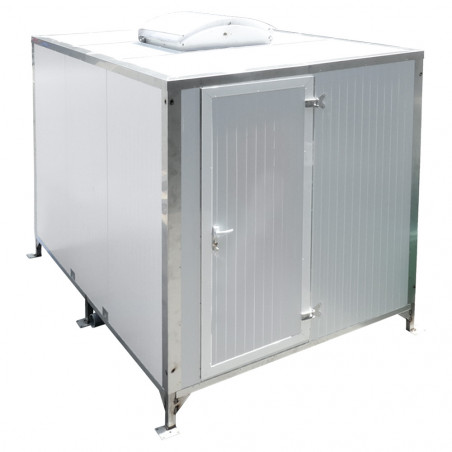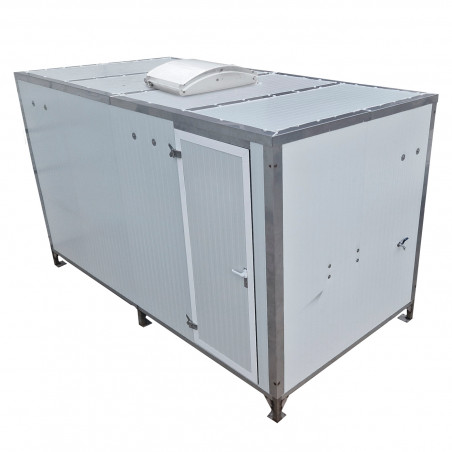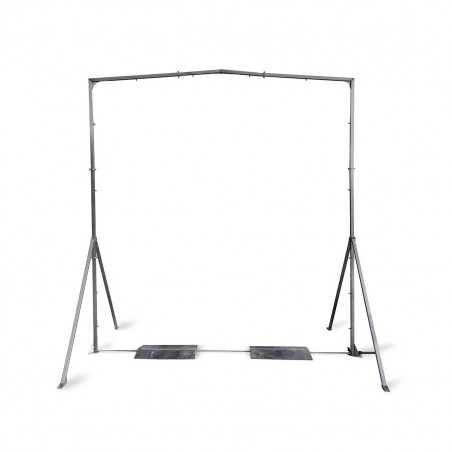Biosecurity is one of the most cross-disciplinary practices that we apply on farms. It affects all the processes that are carried out, whether with animals, materials, people, feed, vehicles, water, or any type of supplies. Everything that happens on a farm must be analyzed through the lens of biosecurity.
Because biosecurity applies to so many aspects, it complicates the evaluation, design, and improvement of biosecurity on a farm or enterprise, since you have to deal with a very large number of small details. It is easy, therefore, to forget certain aspects and, as a consequence, to leave "gaps" in the protection of animal health, due to diseases that may come from outside the farm, as well as from the recirculation that may occur with those already on the farm.

To analyze biosecurity correctly, it is essential to be methodical and orderly. Here is our biosecurity evaluation method that ensures a thorough review regardless of the type of farm: Biosecurity in rings.
Biosecurity in rings is a method of studying and structuring the biosecurity of the farm, which defines and orders the different protection zones (which we will call rings), thus detecting the points of contact between them. It is a system that can be applied to any type of farm and builds a view of biosecurity that is simple and easy to understand.
Image 1 shows a schematic representation of organizing the biosecurity of a farm in rings. The central ring (in green) is home to the animals and represents what we want to protect; the outermost ring (in red) is the territory outside the farm, i.e. what we do not control and is potentially dangerous for the animals (in red).
These two rings (green and red) are always present and, depending on the complexity of each farm, we will find more or fewer intermediate rings that would act as extra protective barriers, such as a double fence.
Each of the rings of a farm interacts, at least, with the one immediately above and below it. This interaction is done through contact points (black arrows in image 1) and the main causes of interaction are entry/exit of animals, people, and supplies.
Each point of contact functions as a border that must be crossed both for entry and exit. It is therefore at these points where precautions must be taken and biosecurity protocols must be defined and complied with.

Image 1. A schematic representation of farm biosecurity organized in rings.
The study of biosecurity in rings is based on correctly defining the different rings of each farm together with all their contact points and then strictly reviewing all the biosecurity protocols of these points. Here are two of the easiest contact points to evaluate, both linked to the outer ring: the changing room and quarantine.
- The changing room. Every time a person wants to enter inside the farm territory (even if not visiting animals), they must follow the changing room protocols since they are crossing from the outer ring to a ring closer to the center and which pertains to the farm.
- Quarantine. The replacement sows are brought in from outside the farm, therefore, they will cross from the outer ring to the innermost ring (they end up living with the rest of the animals). To do it directly would be very risky, for that reason the replacement sows must pass a strict quarantine associated with different biosecurity norms. Thus, the quarantine becomes a very important point of contact between the two rings.
Once each of the rings on the farm is defined and the contact points are well situated, the biosecurity evaluation process begins. The existence of biosecurity standards and their quality at each contact point needs to be checked.
The biosecurity assessment at each point of contact consists of at least 5 aspects:
- Defining the clean area and dirty area
- Evaluating the facilities
- Evaluating the biosecurity requirements of the vehicles/materials involved
- Biosecurity protocols for operators/animals on both sides (clean and dirty area)
- Hygiene protocols on both sides (clean and dirty area)
These 5 aspects to be evaluated apply to all points of contact between rings: carcass reception, clean rooms, loading docks, changing rooms, quarantines, feed reception, etc.
Therefore, in this first article dedicated to biosecurity in rings, we have defined the most important concepts of the system that will allow us to have an orderly view of the biosecurity of any farm. In the following chapters we will see how the method is applied to different types of farms.











